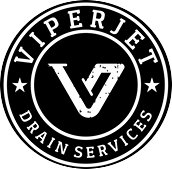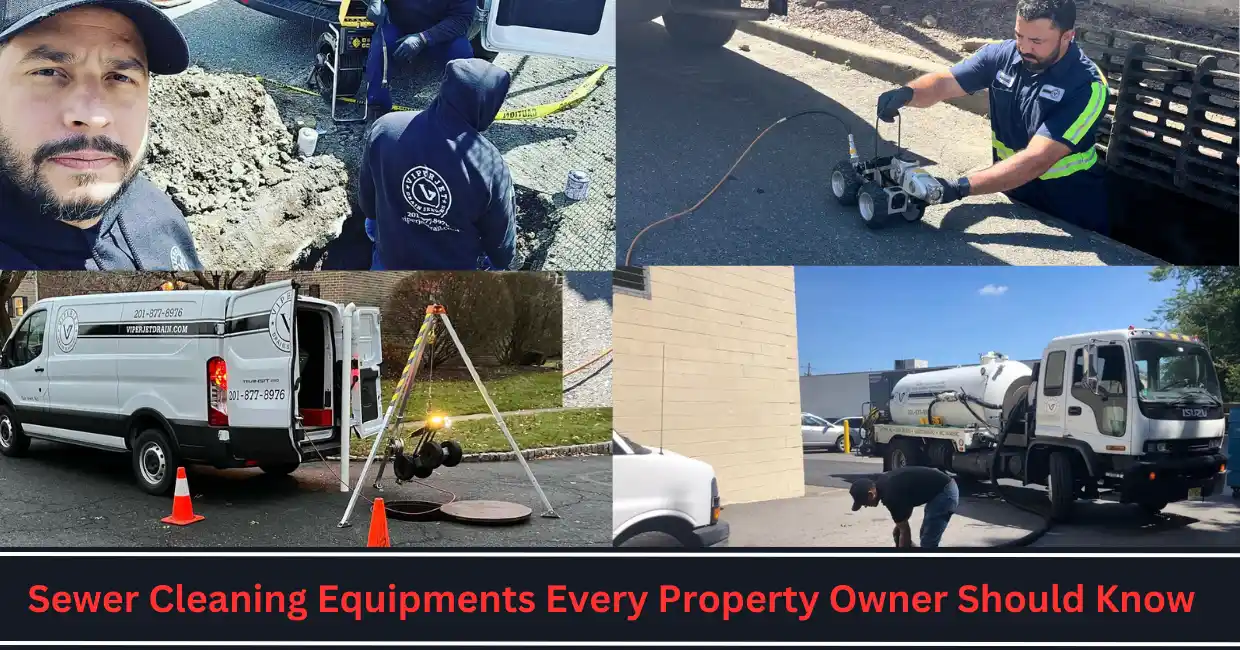If you’ve ever dealt with a backed-up toilet or a foul-smelling basement, you already know the value of a good plumber. But behind every efficient plumbing job is the real unsung hero: sewer cleaning equipments.
Whether you’re a homeowner, a landlord, or even a facility manager, understanding the types of equipment used in sewer maintenance can save you time, money, and headaches. This article breaks down the most commonly used sewer cleaning tools, what they do, and why knowing about them matters—even if you’re not the one operating them.
Why Sewer Cleaning Is More Than Just a Plumber’s Job
In cities like New York, where underground infrastructure is decades old, sewer systems require regular maintenance. It’s not just about clearing clogs—proper sewer cleaning helps prevent damage to pipes, minimizes flooding risks, and protects public health.
But many property owners remain unaware of the modern sewer cleaning equipments that make this work possible. From high-pressure jetters to advanced inspection cameras, today’s tools are smarter, faster, and more effective than ever before.
Common Sewer Cleaning Equipments and What They Do
1. High-Pressure Water Jetters
These powerful machines use high-pressure water streams (sometimes up to 4,000 PSI) to blast through grease, sludge, tree roots, and other stubborn blockages. Jetters are incredibly effective for both residential and commercial sewer lines.
When it’s used: To clean long sections of pipe or remove years of buildup without harsh chemicals.
2. Drain Snakes (Manual or Motorized)
Also known as augers, these flexible, coiled metal tools are used to dislodge minor clogs. Manual snakes work well for bathroom and kitchen drains, while motorized versions are better for longer or more stubborn obstructions.
When it’s used: For localized clogs caused by hair, food particles, or small debris.
3. Sewer Inspection Cameras
These are tiny cameras attached to a long cable that can be fed into your pipes. They transmit live video to a monitor, allowing plumbers to see exactly where a clog or break has occurred—without digging up your yard or tearing down walls.
When it’s used: To diagnose hidden problems and create targeted solutions.
4. Root Cutters
Tree roots are a leading cause of sewer line damage, especially in older neighborhoods. Root cutting attachments, often used with jetters or power snakes, slice through intrusive roots inside the pipe without damaging it.
When it’s used: For clearing invasive tree roots from clay or concrete sewer lines.
5. Vacuum Trucks
Used primarily in commercial or municipal sewer cleaning, these trucks suck out large volumes of sludge, grease, or wastewater from catch basins, storm drains, and grease traps.
When it’s used: For large-scale cleanup, regular municipal maintenance, or industrial sites.
Why This Matters to Property Owners
You may not be the one handling this equipment, but knowing what’s used—and when—can help you:
- Understand service quotes and avoid being overcharged
- Ask the right questions during emergency repairs
- Create better preventative maintenance schedules
- Hire professionals who use modern and safe methods
Being informed doesn’t just make you a better property owner—it helps keep your building in top condition.
Tips for Property Owners
- Schedule annual inspections even if nothing seems wrong. Small issues caught early save thousands later.
- Ask your plumber what equipment they’ll use and why. It’s a sign of professionalism if they explain it clearly.
- Avoid chemical drain cleaners—they can damage pipes and aren’t as effective as mechanical cleaning.
- Educate tenants (if you’re a landlord) on proper disposal habits. Grease, wipes, and hair are clog creators!
Frequently Asked Questions (FAQs)
Q1: How often should sewer lines be cleaned?
Answer: For residential homes, a sewer line should be professionally cleaned every 18–24 months. In older buildings or properties with frequent clogs, annual cleaning is best. Commercial buildings may need quarterly or monthly maintenance depending on usage.
Q2: Can I rent sewer cleaning equipment myself?
Answer: You can rent basic tools like handheld snakes or mini jetters from home improvement stores. However, for deep clogs or main line issues, it’s safer and more effective to hire licensed professionals with industrial-grade equipment.
Q3: Is hydro jetting safe for all pipes?
Answer: Hydro jetting is safe for most pipes, including PVC and cast iron, when done correctly. That said, extremely old or brittle pipes should be inspected first using a camera to avoid damage from high pressure.
Q4: What signs indicate I need sewer cleaning?
Answer: Frequent drain backups, foul odors, gurgling sounds from drains, or water pooling around basement floor drains are common warning signs. If multiple drains are slow at once, it’s likely a main line issue.
Sewer problems are never fun—but they’re far less stressful when you’re prepared. Understanding sewer cleaning equipments helps you make smarter decisions, whether you’re calling a plumber for help or scheduling preventative care.
Next time your plumber mentions hydro jetting or camera inspections, you won’t be lost in translation. You’ll be a property owner who knows what’s going on—and that’s the kind of knowledge that pays off in the long run.

